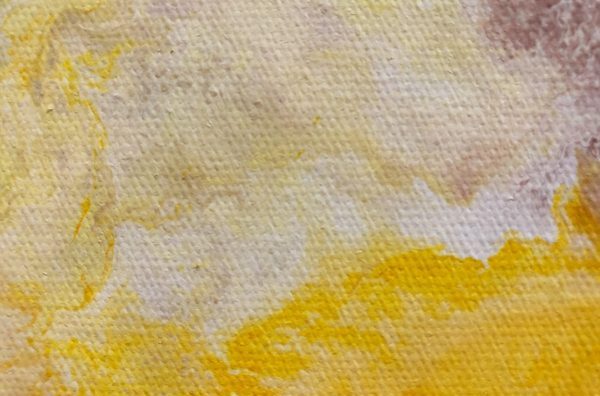Singer’s Voice Therapy
The concept
As a singer and -even more- as a professional singer, you are challenged to have a great stable vocal emission. You cannot leave things to chance.
If you suffer from a vocal disorder, this vocal stability is affected. Uncertainty becomes then a part of your daily life.
Negative thoughts, strain and the huge pressure of restoring your voice as soon as possible, attempt to your sense of safeness.
During the process of vocal regeneration, acoustic, functional and sensory precision, combined with sensitivity and awareness, are the tools we will use to restore balance, re-integrate voice functions, body “ease” and return to the place where the magic happens: the stage.
In most cases, singing voice disorders occur in the superficial layers of the vocal folds. This affects the ability of the epithelium (covering the vocal folds) to move.
That’s the reason why you feel that your voice doesn’t react as usual: the onset is delayed and the sound is poor in resonance.
The causes are, in general, multiple. You can read more about Singing Voice Disorders: Symptoms and Origins here.
What do we do during the regeneration process?
We sing with more than our voice.
The singing system is a rich ecosystem. Every alteration in one of the parts alters the others and changes conditions in the ecosystem. This is not bad at all, as long the ecosystem can evolve.
Creating singing & regeneration habits that allow the ecosystem to self organize itself, allows you transformation and adaption to new challenges: changing Fach, overcoming voice fatigue, technical issues, allergies, reflux, menopause … Things that high achieving singers deal with.
In the sessions , we integrate the following topics:
Restoring vocal functions
Most of the time they are very subtle functions: smooth onset, the ability to sing piano or messa di voce (for classical singers), for example.
Substituting compensating maneuvers.
Singers are voice sculptors.
When the voice begins to fail, singers tend to stabilize it with compensating maneuvers. They can be subtle increases in pressure or tension.
In our sessions we bring them to consciousness and replace them with options that are healthy and acoustically efficient.
Technical and body integration
The body is the place where singing takes place and deserves a special place.
All steps during the process are intertwined with bodily work through movement and micro-movement, in order to keep the body permeable to technical transformations and to grow from technique to organic.
Organic movement allows you to make your practices efficient and refreshing and allows flow on stage.
Voice Control: singing emerges from liminal spaces
The voice is driven by the autonomic nervous system.
That means voice control is automated: to drive your voice you need a special kind of control. Every attempt to control your voice directly, lands in vocal fatigue and frustration.
The secret is to keep the conscious-unvoluntary congruence while singing, in order to high-perform.
Conscious-involuntary congruence gives you the rudder to drive your voice.
Mind-Mind-Emotions:
They cannot be pulled apart. All our experiences go through our nervous system. Emotions, thoughts and their bodily expressions are great clues for decision taking in life and in the practice room. You will discover tools to regulate your nervous system, your inner critic, dismantle perfectionism and deal with stage and practice anxiety.
Back to stage
After restoring voice functions, in the “back to stage” lap, we reflect and evaluate possibilities to
Do not hesitate to write me if you need more information.

The concept
In most cases, singing voice disorders occur in the superficial layers of the vocal folds.

The goals
The regeneration process of your singing voice is a very individual process.

The symptoms
Most of the singers who come to my studio show symptoms only in the singing voice. Find out more in the free guide down below.

The origins
Vocal disorders are most of the time multicausal. Let’s see what these reasons could be. Find out more in the free guide down below.

